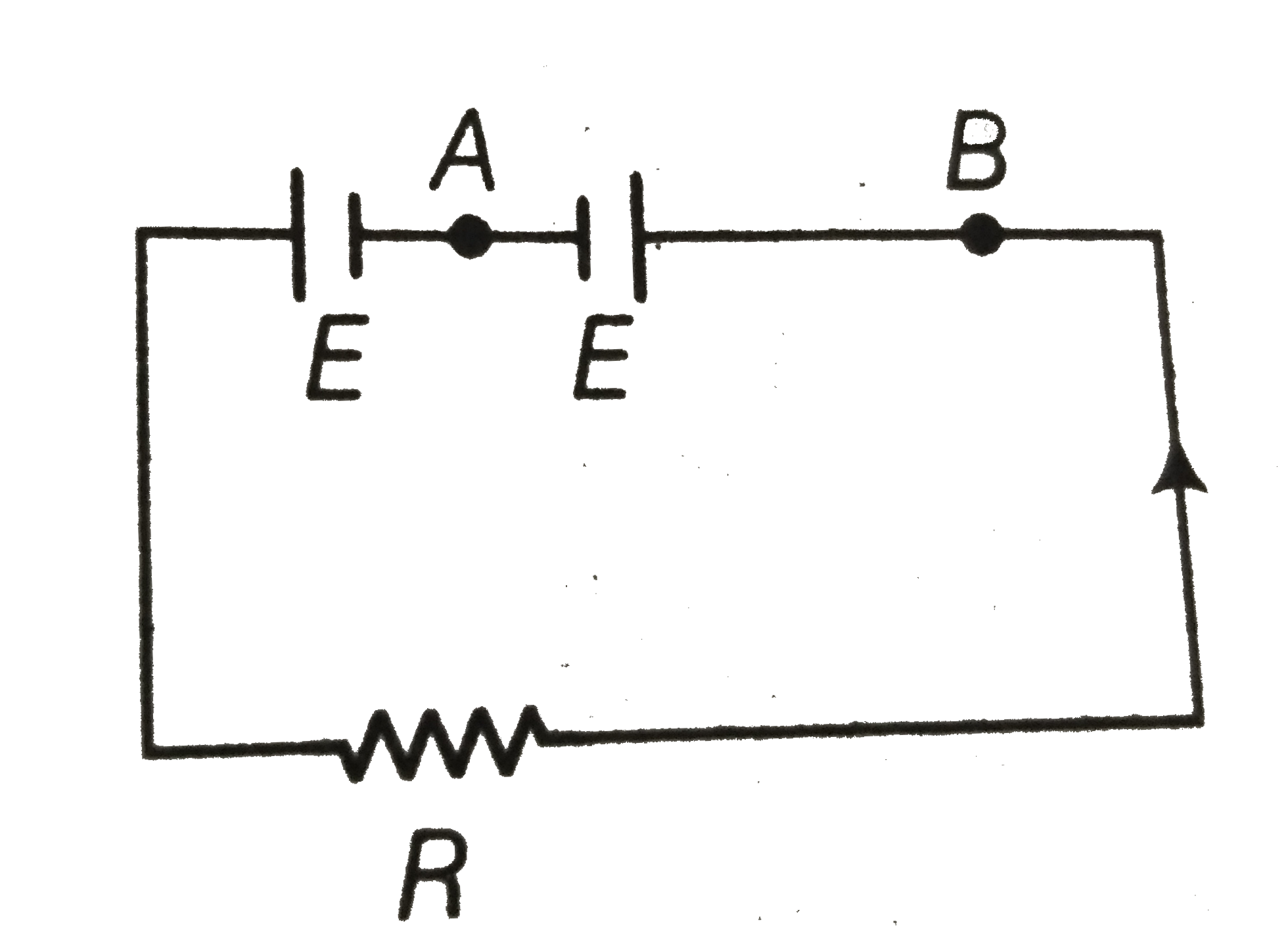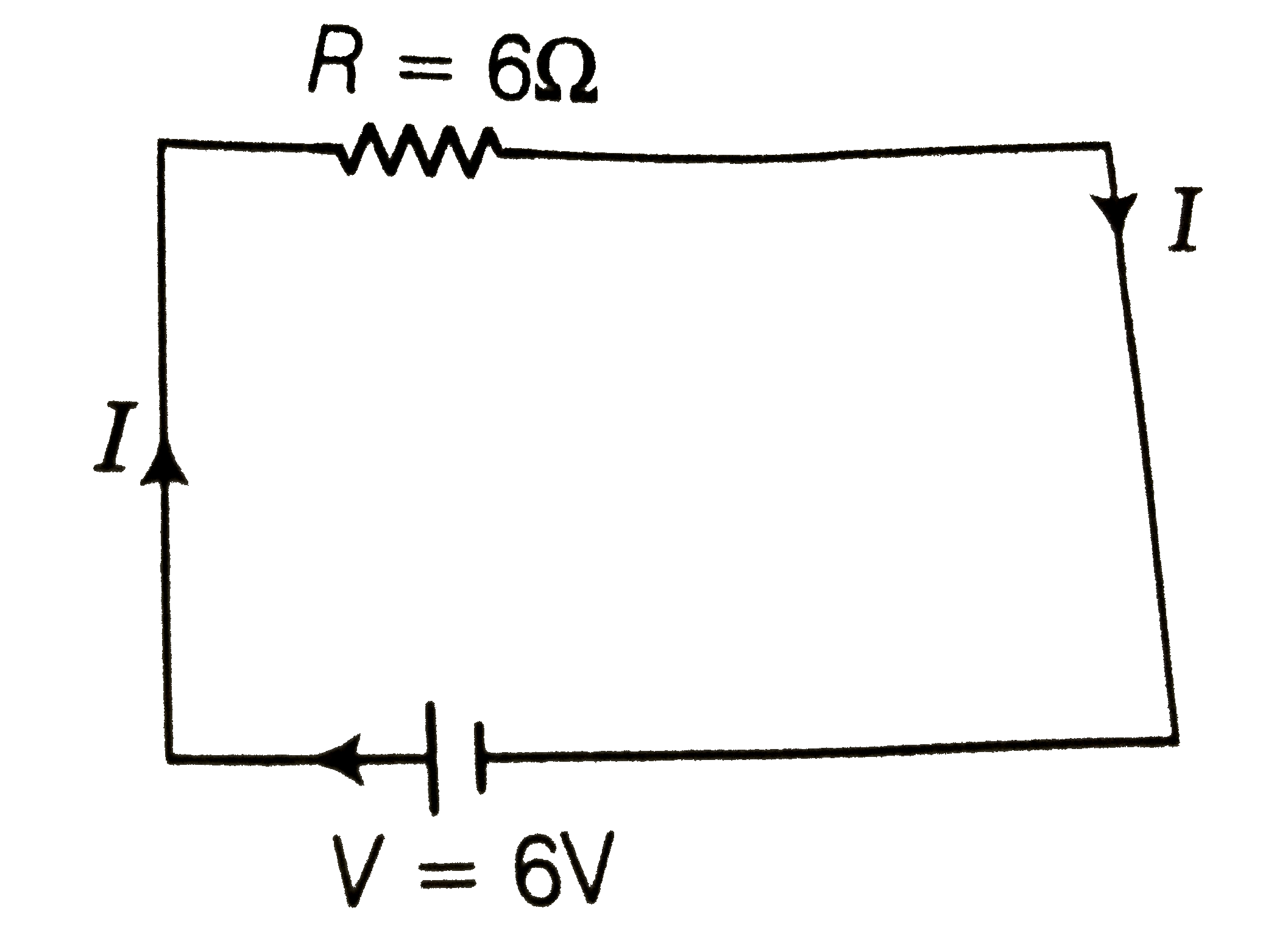Complete Solutions to Very Short Answer Type Question. of chapter CURRENT ELECTRICITY of Class 12 book with complete answers and questions
| Class 12 | PHYSICS |
| Chapter | CURRENT ELECTRICITY |
| NCERT EXEMPLAR | Very Short Answer Type Question. |
| Number Of Questions | 20 |
| Academic Year | 2023-24 |
Is the motion of a charge across junction momentum conserving ? Why or why not ?
02:55View SolutionThe relaxation time `tau` is nearly independent of applied electric field `E` whereas it changes significiantly with temperature `T`. First fact is (in part) responsible for Ohm's law whereas the second fact leads to variation of `p` with temperature. Elaborate why ?
03:28View SolutionWhat are the advantages of the nll-point method in a Wheatstone bridge ? What additional measurements would be required to calculate `R_("unknown")` by any other method ?
03:41View SolutionWhat is the advantages of using thick metallic strips to join wires in a potentiometer ?
01:02View SolutionFor wiring in the home, one uses `Cu` wires or `A1` wires. What considerations are involved in this ?
01:53View SolutionWhy are alloys used for making standard resistance coils?
02:06View SolutionPower `P` is to be delivered to a device via transmission cables having resistance `R_(c)`. If `V` is the voltage across `R` and `I` the current through it , find the power wasted and how can it be reduced.
02:27View Solution`AB` is a potentiometer wire Fig. If the value of `R` is increased, in which direction will the balance point `J` shift ?
04:13View Solution
While doing an experiment with potentiometer (figure) it was found that the deflection is one sided and (i) the deflection decreased while moving from one and A of the wire, to the end R, (ii) the deflection increased, while the jockey was moved towards the end D.
(i). Which terminal positive or negative of the cell `E_(1)` is connected at X in case (i) and how is `E_(1)`, related to E?
(ii). Which terminal of the cell `E_(1)` is connected at X in case (1 in 1)?04:36View SolutionA cell of emf `E` and internal resistance r is connected across an external resistance `R`. Plot a graph showing the variation o `P.D`. Across `R`, verses 'R`.
05:07View SolutionFirst a set of n equal resistors of R each are connected in series to a battery of emf E and internal resistance R. A current I is observed to flow. Then, the n resistors are connected in parallel to the same battery. It is observed that the current is increased 10 times. What is 'n'?
02:43View SolutionLet there be n resistors `R_(1) . . . R_(n)` with `R_(max)=max(R_(1) . . . . R_(n))` and `R_("min")=min{R_(1) . . . R_(n)}`. Show that when they are connected in parallel the resultant resistance `R_(p)=R_("min")` and when they are connected in series, the resultant resistance `R_(S) gt R_(max)`. Interpret the result physically.
03:27View SolutionThe circuit in Fig. shows two cells connected in opposition to each other. Cell `E_(1)` is of emf `6V` and internal resistance `2Omega,` the cell `E_(2)` is of emf `4 V` sand internal resistance `8omega`. Find the potential difference between the points `A` and `B`.
 02:49View Solution
02:49View Solution
Two cells of same emf E but internal resistance `r_(1) and r_(2)` are connected in series to an external resistor R(figure). What should be the value of R so that the potential difference across the terminals of the first cell becomes zero?03:02View SolutionTwo conductors are made of the same material and have the same length. Conductor `A` is a solid wire of diameter `1 mm`. Conductor `B` is a hollow tube of outer diameter `2 mm` and inner diameter `1mm`. Find the ratio of resistance `R_(A)` to `R_(B)`.
03:32View SolutionSuppose there is a circuit consister of only resistance and batteries , suppose one is to double (or increase it to in n-times )all voltage and all resistances , show that currents are unalatered
03:08View SolutionTwo cells of voltage `10V`and `2 V` and internal resistance `10 Omega` and `5Omega` respectively , are connected in parallel with the pesition and of `10V` battery connected to negative pole of `2V` battery Find the effected voltage and effected resistance of the combination
 04:01View Solution
04:01View SolutionA room `AC` run for `5` hour at a voltage of `220V` The wiring of the room constant of `Cu` of `1mm` ratio and a length of `10 m` consumption per day is `10` commerclal unit What fraction of it goes in the joule heated in wire? What would happen if the wiring is made of aluminum of the same distances? `[rho_(cu) = 1.7 xx 10^(-8) Omega,rho_(A1) = 2.7 xx 10^(-8) Omega m]`
View SolutionIn an experiment with a potentiometer, `V_B=10 V`. R is adjusted to be `50 Omega` (see figure) . A student wanting to measure voltage `E_1` of a battery ( approx. 8V) finds no null point.He then diminishes R to 10`Omega` and is able to locate the null point on the last (4th) segment of the potentiometer.Find the resistance of the potentiometer wire and potential drop per unit length across the wire in the second case.
 04:22View Solution
04:22View Solution
(a). Consider circuit in figure. How much energy is absorbed by electrons from the initial state of no current (ignore thermal motion) to the state of drift velocity?
(b). Electrons give up energy at the rate of `RI^(2)` per second to the thermal energy. what time scale would number associate with energy in problem (a)? n=number f electron/volume`=10^(29)//m^(3)`. Length of circuit `=10cm`, cross-section=A=`(1mm)^(2)`.03:12View Solution
Very Short Answer Type Question. questions and complete solutions for chapter CURRENT ELECTRICITY of NCERT PHYSICS (ENGLISH) of Class 12
